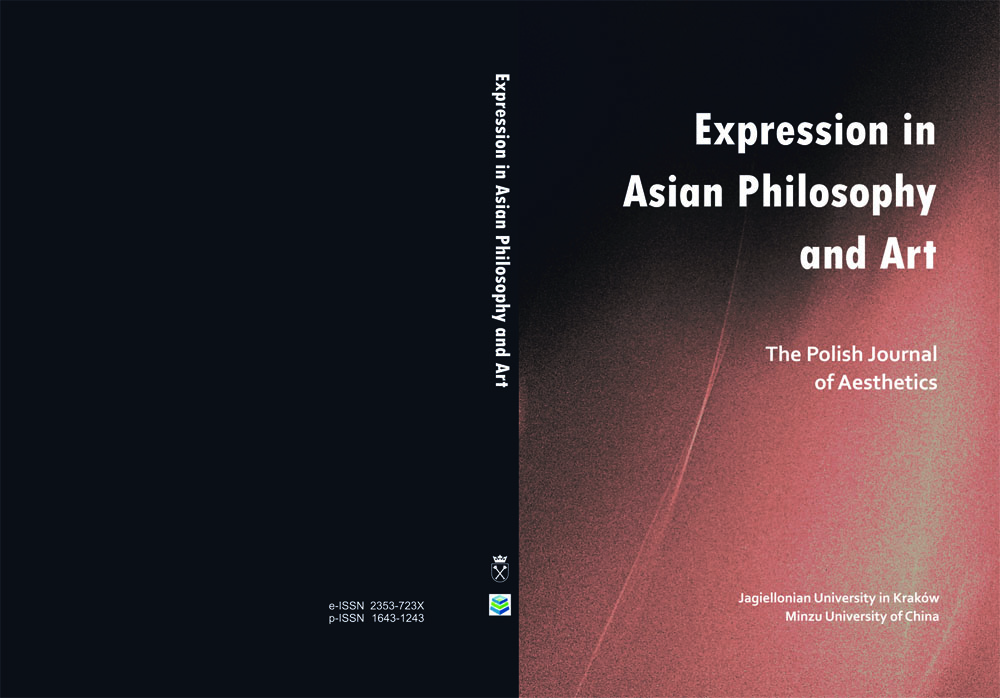The Hierarchy of the Transcendentals According to the Advaita Vedānta
The Hierarchy of the Transcendentals According to the Advaita Vedānta
Author(s): Marta KudelskaSubject(s): Philosophy, Non-European Philosophy, Aesthetics, Indian Philosophy
Published by: Wydawnictwo Uniwersytetu Jagiellońskiego
Keywords: advaita;nirguna;transcendental;satyam;dharma;bonum;ananda
Summary/Abstract: In advaita vedānta, the status of real existence is ascribed to the Brahman only. The Brahman is the transcendental ultimate reality and it is not possible to describe it by any attribute. The present paper will focus on the problem of values. What is the status of values according to the pure monistic system? When advaita vedāntists call the empirical world sad-asad-anirvacanīya (real-unreal-indefinable), are we entitled to speak about the existence of values? And if they are real, what does ‘real’ mean in this context?All the attributes by which we describe the world can be grasped in groups. This division depends on the way in which we experience the world. One group encom-passes objects experienced by the external organs, by the senses; its realm is responsi-ble for aesthetic values. The second group leads to discrimination; its domain is ethics. The third prejudges the status of the world and advances metaphysical arguments. These three groups are arranged hierarchically. This order includes the cosmological and the soteriological model as well; thus the vision of the world in classical Indian thought appears as total harmony.
Journal: Estetyka i Krytyka
- Issue Year: 32/2014
- Issue No: 1
- Page Range: 81-96
- Page Count: 16
- Language: English

